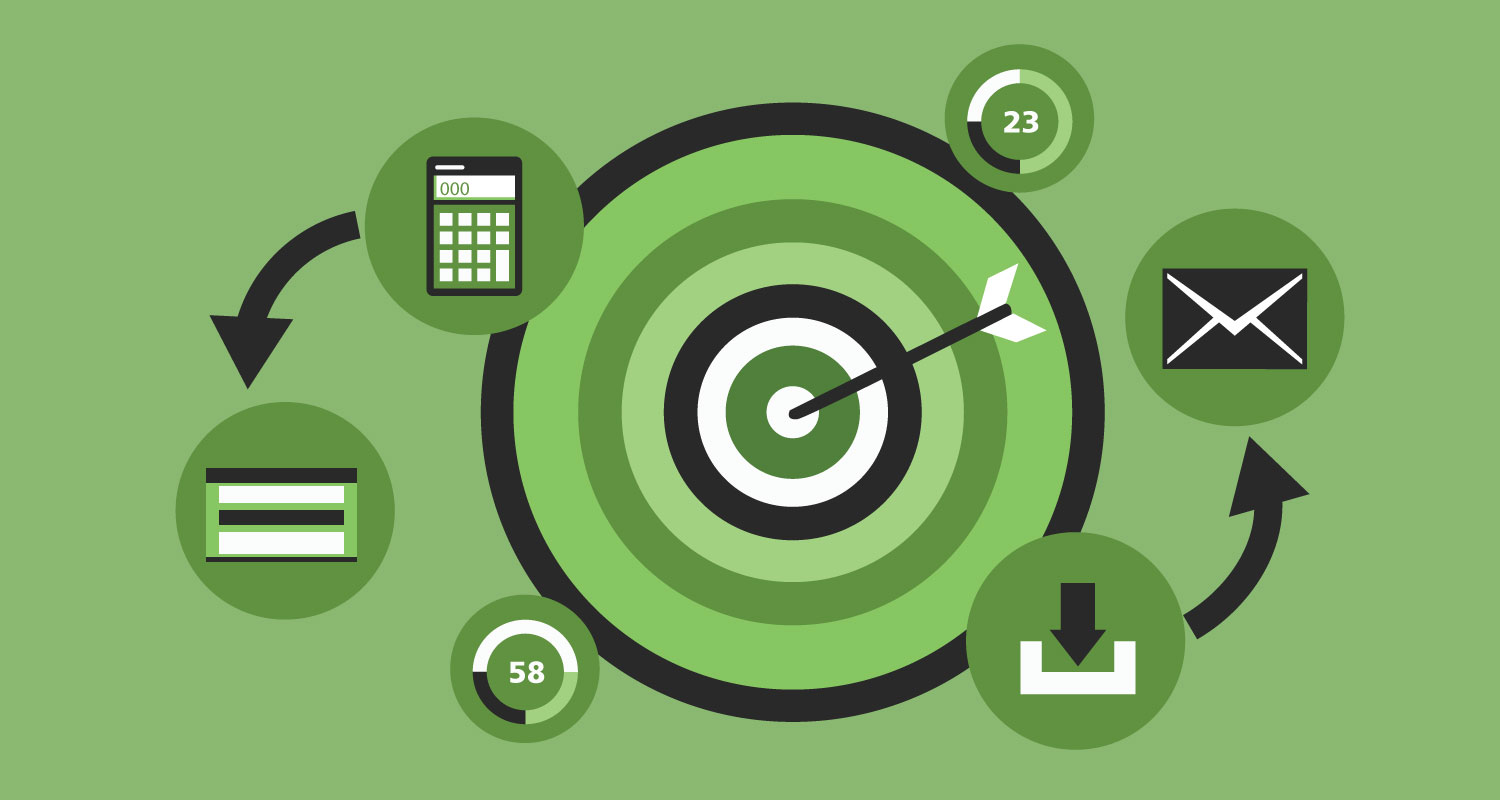Even seasoned marketers need to review the foundational elements of email marketing – acquisition and compliance, onboarding, promotions and transactional emails as well as unsubscribes.
I spent some quality time recently with both clients and email marketers over the last few months, and it was great to get in touch with people who are pushing the limits on email.
We talked about what’s new and exciting, all the advanced strategies and tactics, that marketers are using successfully today, like artificial intelligence versus machine learning and all that buzzworthy stuff, blah, blah, blah.
But they also wanted to review the basics of good email marketing. Not because they didn’t know about them but because they wanted to be sure their email communications covered emerging trends, and they had enough lead time so that if they need to make changes, they could do so before their rush seasons (summer for the travel season, Christmas/holiday, etc.).
This was a smart approach. I preach about it all the time because a review of the basics is essential for any company.
There’s no such thing as “set and forget.” Once you launch a program, and it’s running, you might think that’s good enough. But that’s not true. No program should ever be just “good enough.” It should be the best you can do.
So, where do you start? Back at the basics.
Now, if your reaction to that is “I don’t need to read any further because I’ve got this figured out,” see if you can answer these questions:
- When was the last time you optimized those programs?
- When did you last review them to make sure they weren’t broken?
Thought so. Okay, stick with me now.
These are the five essential programs you need to operate email effectively today. How are they holding up?
1. Acquisition
The most important thing you can do is to acquire new new subscriber and customer email addresses. I’ve talked about the power of the email address as the primary consumer identifier across channels. It’s as important as the Social Security number.
Do you just ask for the email address and then move on? If so, you might face problems if the U.S. adopts privacy legislation like Canada’s Anti-Spam Law or the General Data Protection Regulation in the European Union.
That kind of legislation is already happening on the state level in California and Colorado. It’s also a hot topic on Capitol Hill in Washington, D.C. There’s a movement for privacy.
Just collecting an email address, whether it’s affirmative (through checking a permission box, for example), or assumed as part of a business relationship, isn’t enough anymore.
Asking for name and ZIP code along with the email address could be important in proving that your company complies with state, U.S. or foreign data and privacy laws. You’ll need to identify those people easily in your database.
Start now to expand your acquisition process. Asking more questions and working to persuade subscribers to give you their primary email addresses will be crucial, both for improving your marketing program and for meeting impending legislative challenges.
2. Welcome and onboarding program
This is your first communication with your subscribers or customers after opt-in. Have you checked and updated your language, logo, design or images so they are contemporary and in line with your brand standards? What about the promotional codes you send out to new subscribers? Does it still work?
Does this email (or series of emails) truly represent your best foot forward as your first communication with your new subscribers or customers? Do you send it within the first five minutes after they sign up? Better yet – the first minute?
Other items to study in the audit of your welcome-email program:
- Is it personalized?
- Is it mobile-responsive? I see a lot of welcome emails that don’t look good on a mobile screen because they were created years before mobile became the norm.
- Does it thank your customers for signing up and restate your brand promises and email expectations?
- Does it tie together adequately to adjacent technologies like identifying data and advertising, or a point-based screening method that’s aligned with account-based marketing or other advanced customer identification systems?
3. Promotional emails
I’m going to assume you know what you’re doing on your promotional emails – they’re mobile-responsive, and they display your brand, products and services appropriately. Right?
Do you segment your database and target your emails? Great! When was the last time you changed your segmentation structure? Or, are you using the same strategy you had a couple of years ago? You’re using the same approach and getting the same outcomes, and yet your email goals keep increasing year over year.
Yes, you might feel safe in the warm blanket of continuity, but if you haven’t changed things up, make 2019 the year you change templates. Or, make it the year you start using a template unless you love creating a new design every time you send an email.
4. Transactional emails
The typical retail email set has 13 to 17 emails. How many do you have?
I know some retailers who are earning 50 percent or more from their transactional emails. What’s your number?
Adding more emails to your transactional set is a start, but also be sure you optimized the emails you offer now. Here are suggestions for improving your order confirmation emails:
- Do you hyperlink the order number in a confirmation so your customer can click it and review details on your site?
- Does the email display all the purchase information (item with image, price, size/color/quantity, date, payment method, shipping details, link to customer-service contacts and more)?
- Does it include upselling and cross-selling product recommends, with the recommendations coming organically from your system or by a third-party recommendation engine?
- Are you sending those emails at the optimal times for opens and clicks, and are they aligned to brand standards?
Beyond these tactical considerations, audit your transactional email set to see how much revenue they raise. You should be able to rattle those off the top of your head.
As I noted at the beginning of this post, several marketers said they were asking about getting the fundamentals right so they could correct their courses before their seasonal crunch times. That’s an important consideration.
If you have deficiencies in your transactional emails, now is the time to get them on your tech staff’s radar, so you have time to test and tweak before putting them into action. (See how to build a winning tech proposal.)
5. Unsubscribe process
I swear, all the retailers I talk to assume their unsub routes are working just fine. But I have unsubbed myself from countless emails lately, and I can tell you they don’t all work. One brand even tried to argue with me about it.
Add these questions to your audit process:
- Can you guarantee that everybody who wants to unsubscribe can do it and that your process is fully supported?
- Have you checked your unsub process lately to be sure it’s still working?
- How easy is your unsub process?
- Have you given your subscribers the ability to control their fates by offering to opt down and other alternatives to unsubscribe?
This last question speaks to the rise of privacy legislation around the world. The core of most of these laws is giving the consumers control over their data. That doesn’t always mean giving them a preference center, though. It means being transparent about the collection, use and control of data.
Opting down – giving subscribers the option to change the frequency at which they receive your emails – has for years been a way to save them from unsubbing while also allowing you to draw closer to your customers’ needs.
Wrapping up
Maybe you’ve read all this, and you think, “I’m an experienced marketer. I have this handled.”
You might, but I seriously doubt anybody really does have every one of the basics handled. If you do, tweet me at @ryanpphelan and I’ll put you in a presentation and point you out as perfect.
Returning to the basics helps you make sure the foundation of your program is solid. You’re not leaking 10 to 20 percent of your revenue through cracks in that foundation.
For most of my career, my experience has been that this back-to-basics approach is the best opportunity to improve your email marketing efforts. Stop reading now. Look at those programs, and identify the ways you can make them better.
Your bottom line will thank you for it. May the Force be with you!
___
by Ryan Phelan
source: Marketing Land


